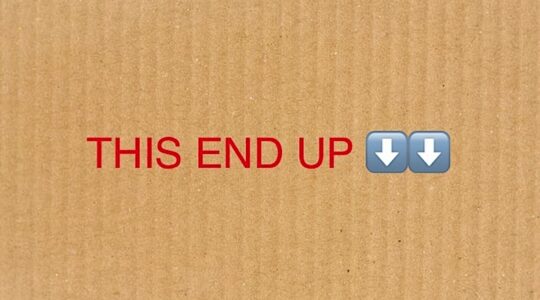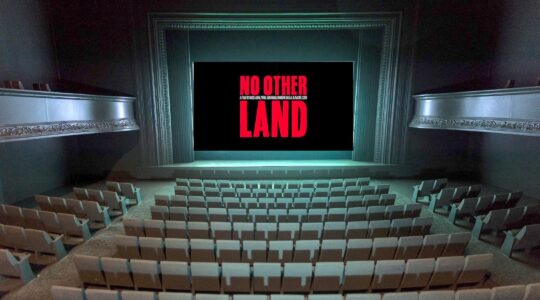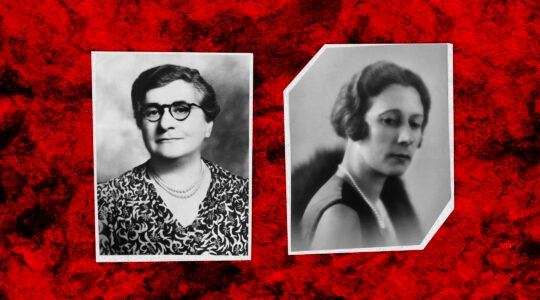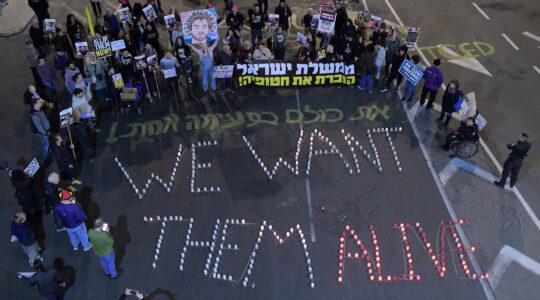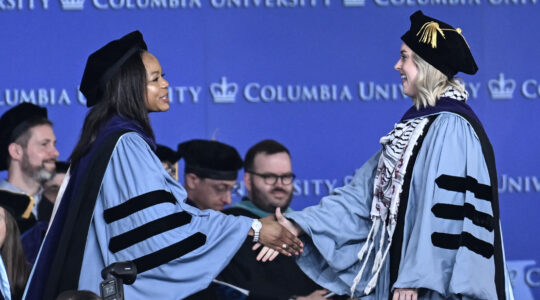Who are Jewish Americans and what do we really believe? The approach of Pesach offers an especially good opportunity to raise that question. The seder, after all, is the single most widely observed ritual among Jewish Americans. Why might that be?
Why, with thousands of possible practices, and millions of people choosing among them, has this one risen to the top? Perhaps most importantly, what can we learn from this phenomenon, especially in a year in which, thanks to the Pew Research Center study, the question of Jewish identity has been an especially hot topic.
The Pew survey offered an answer regarding what Jews believe and don’t believe, what we think is central to our Jewishness and what is more tangential, and the “experts” have been squabbling about how to interpret the data since it was released last fall. Some see great opportunity in survey’s findings, and others see impending doom, joining generations of past experts who also concluded — erroneously — that our end was near.
Who knows, perhaps the 21st-century Cassandras will be more accurate than their predecessors. I hope not, and actually think not. But that is not the point, since God, history, etc., will make those decisions, not any of us.
Endlessly debating whether the cup is half full or half empty makes no sense. We would do better by acknowledging that the answer is both: The cup is both half full and half empty, as it pretty much always is.
The question should not be which interpretations of the survey are correct. Instead, we should ask, given what we know about ourselves from the survey, how and where can Jewish experiences make the greatest possible contribution to the things all people seem to agree upon: creating happier, more meaningful, more purposeful lives; making some difference with the time we have on this earth; and leaving the world even the tiniest bit better for those we love.
Rather than fighting about what the Pew survey means in terms of our collective Jewish future, or whether we have one, let’s use what it tells us about the present needs and beliefs of actual Jews. It seems to me that the best way to secure the Jewish future is to respond well to the lived lives of present Jews — not who we wish they were, or wish they should be, but simply to who they are, as they are.
In fact, that idea, conveyed in so many different ways around the seder table, is what makes this one ritual so popular. Here is one very concrete way to enrich your current seder, and quite possibly your life as a whole — a way that fits remarkably well with what we learned about ourselves from Pew.
Passover, like most Jewish Americans’ identities as revealed in the Pew study, celebrates the personal and even the idiosyncratic. While Passover recognizes the importance of peoplehood, it focuses at least as heavily on the celebration of personhood — of the dignity of each individual and his/her right to be free.
Pesach teaches that we must experience ourselves as a free “I” before we can come together as a true “we.” The personal liberation of Pesach must come before we can speak of being a people, as we do seven weeks later on Shavuot.
The Talmud teaches, “In every generation, each person must see themselves as going forth from Egypt.” Exodus is a deeply personal experience, unique to each individual, even as it is shared among loved ones year after year. You must go free, if we are to go free.
Try using these shared symbols as a way to celebrate your unique exodus. Celebrate personhood as a path to peoplehood, or at least as a path to friends and family-hood at this year’s seder.
Wine symbolizes joy, and even the pride in Jewishness expressed by 94 percent of Pew respondents. As you lift each cup at the seder, share what makes you most proud of whatever you think of as Jewish.
Matzah reminds us of the journey to freedom and dignity. Before you eat, share the story of a journey to greater freedom or dignity that you are on, and why that journey really matters for you.
Bitter herbs symbolize the hurts that inevitably come with life. We dip them in charoset, showing our capacity to sweeten what is bitter. What can you do to sweeten the hurt that may arise in your life?
In answering these questions, we make the Exodus our own, walking a path as old as the first Passover. It’s a path reflecting the insight that without personhood, there will be little or no peoplehood. It’s a path that invites us to make the most of what Pew tells us are our greatest assets in Jewish life — each individual who is on the journey.
Rabbi Brad Hirschfield serves as president of Clal – The National Jewish Center for Learning and Leadership, and co-founder and executive editor of TheWisdomDaily.com
The New York Jewish Week brings you the stories behind the headlines, keeping you connected to Jewish life in New York. Help sustain the reporting you trust by donating today.
